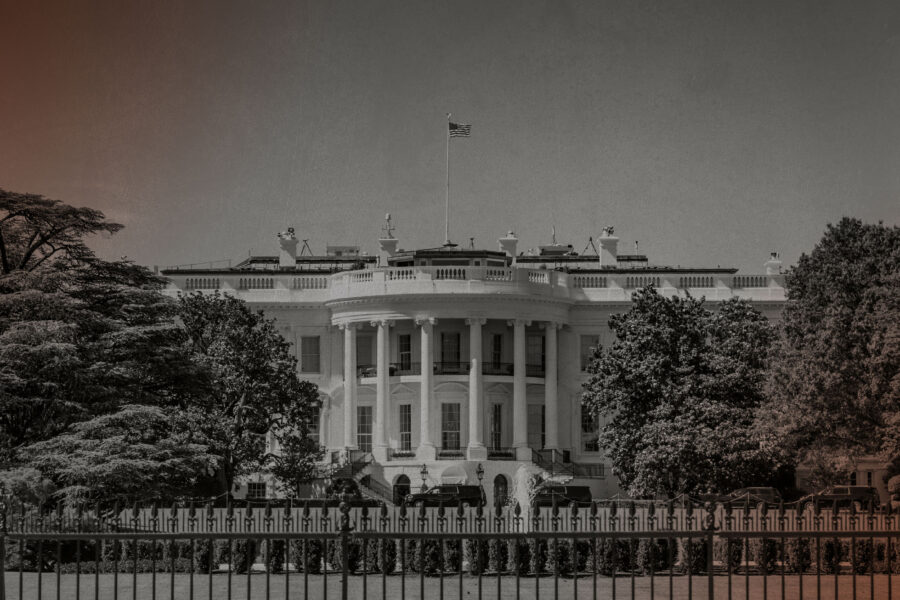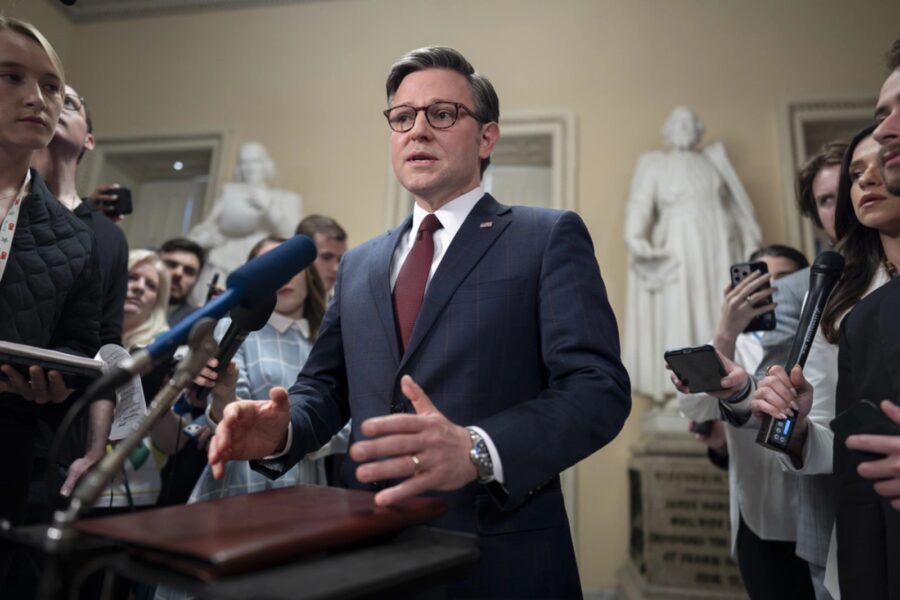FACT SHEET: Trump’s Crusade Against The ACA Continues With Renewed Attacks On The Law In His Second Term

Since its passage 15 years ago, the Affordable Care Act (ACA) has become the bedrock…
ashoupMarch 19, 2025










